Voles
A vole is a small rodent resembling a mouse but with a stouter body, a shorter hairy tail, a slightly rounder head, and smaller ears and eyes. Actually, the vole is more closely related to hamsters and lemmings, than to mice.They feed on grasses, seeds, aquatic plants, and insects. The population of many of them show remarkable fluctuations in numbers with a 3–4 year cycles.
Voles are abundant—there may be more kilograms of vole flesh around here than that of any other mammal. However, that does not mean that they are easy to find (or photograph). Some are nocturnal, some move around under leaf litter, some through tunnels. Local species are: Meadow Vole, Long-tailed Vole, Southern Red-backed Vole, Western Heather Vole (high altitude). Distinguishing among some of these may prove difficult. Perhaps the most familiar vole to humans is the Meadow Vole owing to its willingness to invade homes, a fact that has caused to be given the informal name of field mouse (albeit not a mouse).
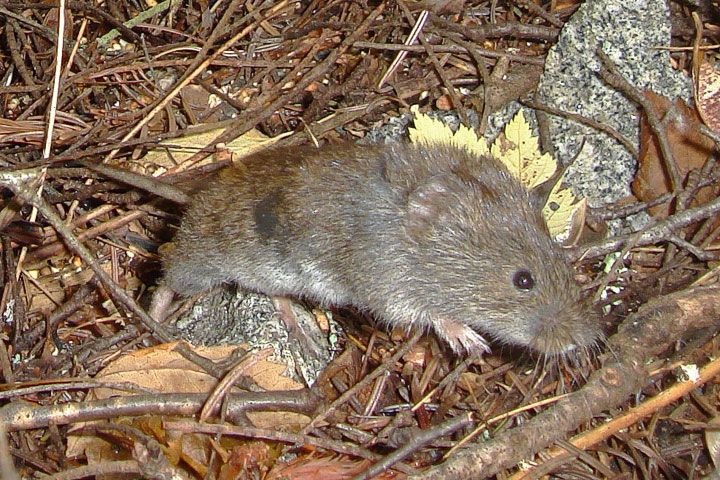 The Southern Red-backed Vole (note the reddish back) is abundant across the Province, except for the coastal islands and the far northwest.
The Southern Red-backed Vole (note the reddish back) is abundant across the Province, except for the coastal islands and the far northwest.
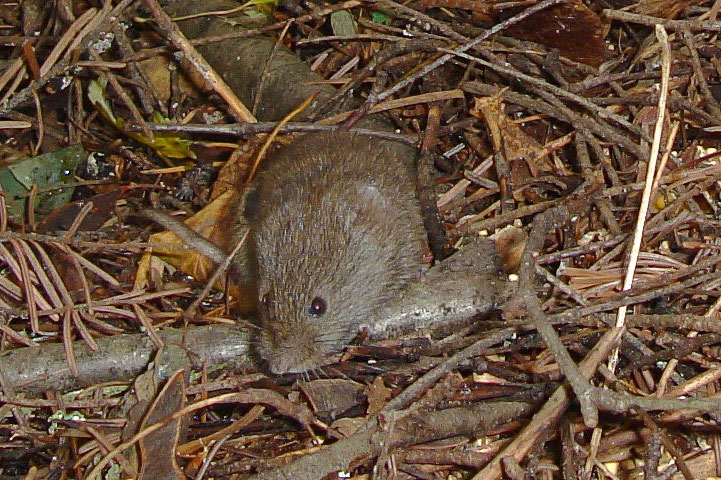 The Southern Red-backed Vole does not cache food, but forages widely all year long.
The Southern Red-backed Vole does not cache food, but forages widely all year long.
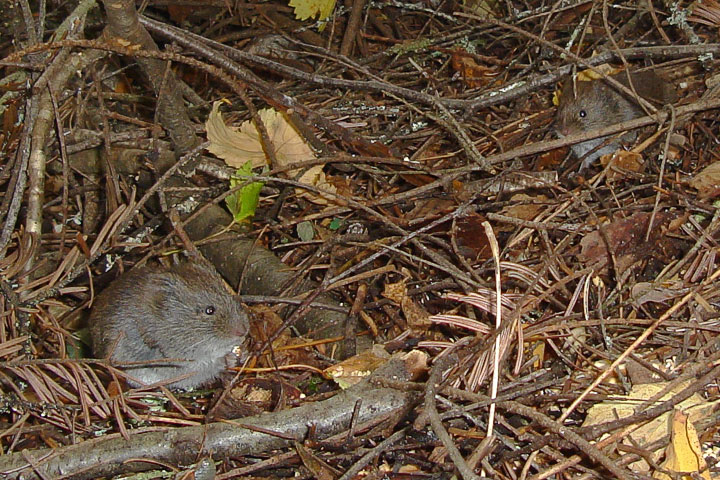 The Southern Red-backed Vole is almost never seen as it scurries around under the litter on the forest floor. There are two voles in this picture.
The Southern Red-backed Vole is almost never seen as it scurries around under the litter on the forest floor. There are two voles in this picture.
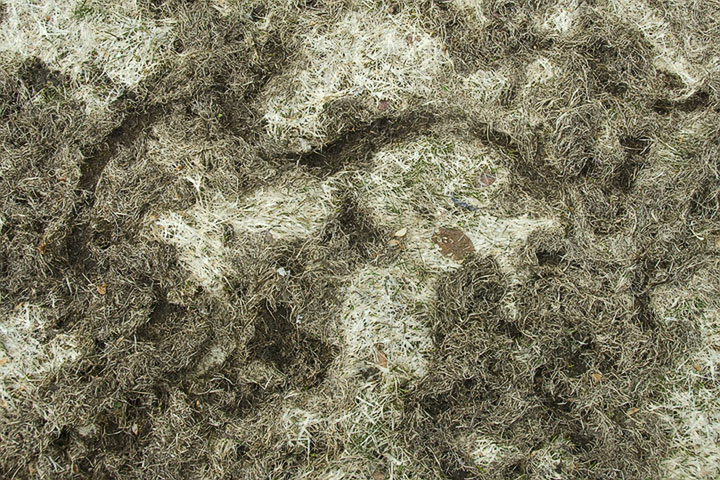 As the snow recedes in the spring, vole runways appear across the lawn. These are the paths the voles take as they move under the snow. These paths are soon obscured by the growing grass, but the tracks continue to be used.
As the snow recedes in the spring, vole runways appear across the lawn. These are the paths the voles take as they move under the snow. These paths are soon obscured by the growing grass, but the tracks continue to be used.
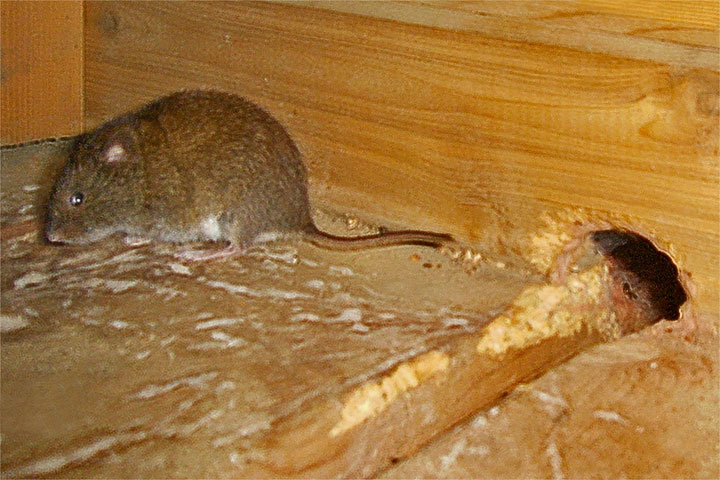 Likely a Meadow Voles which has come inside. Such voles, although not mice, are often referred to as field mice.
Likely a Meadow Voles which has come inside. Such voles, although not mice, are often referred to as field mice.
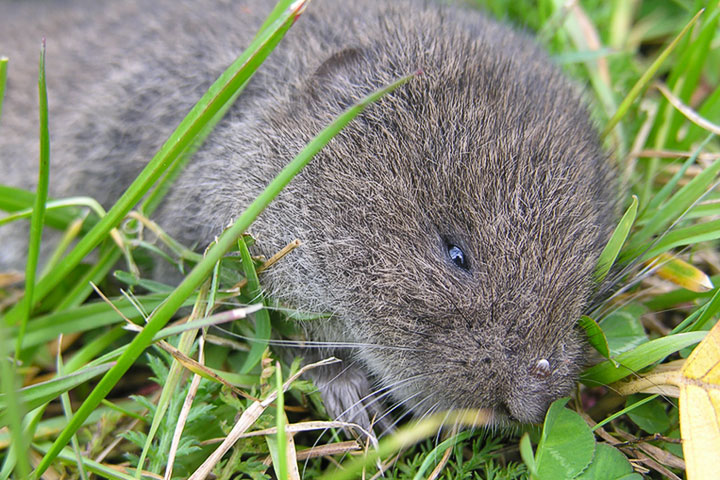 The ears of this Meadow Vole are rounded and bearly extend above the thick grey fur. Although sometimes referred to as a field mouse, this vole has a rounder snout, and shorter ears legs and tail.
The ears of this Meadow Vole are rounded and bearly extend above the thick grey fur. Although sometimes referred to as a field mouse, this vole has a rounder snout, and shorter ears legs and tail.
Information from Wikipedia: Voles.
![]()